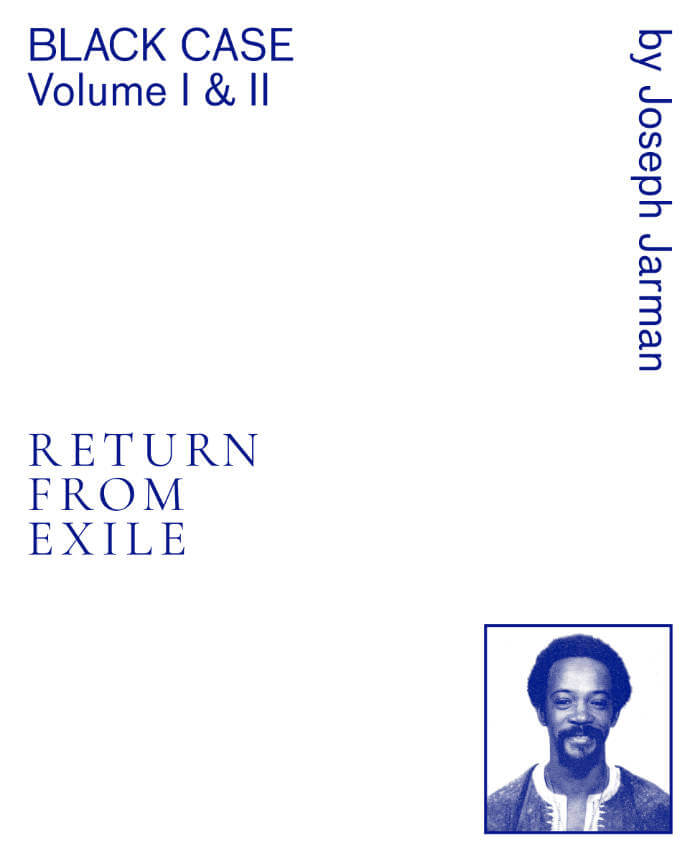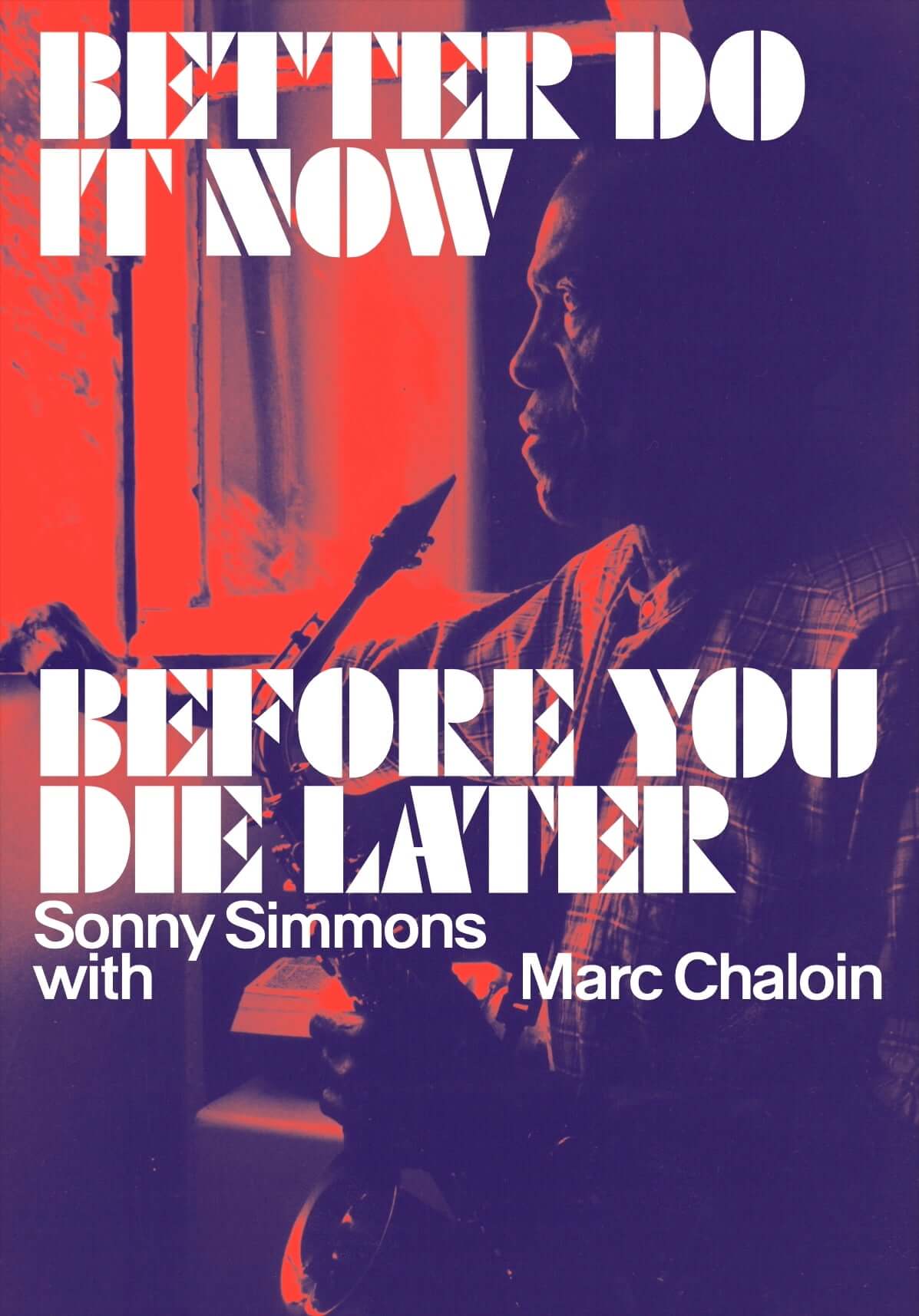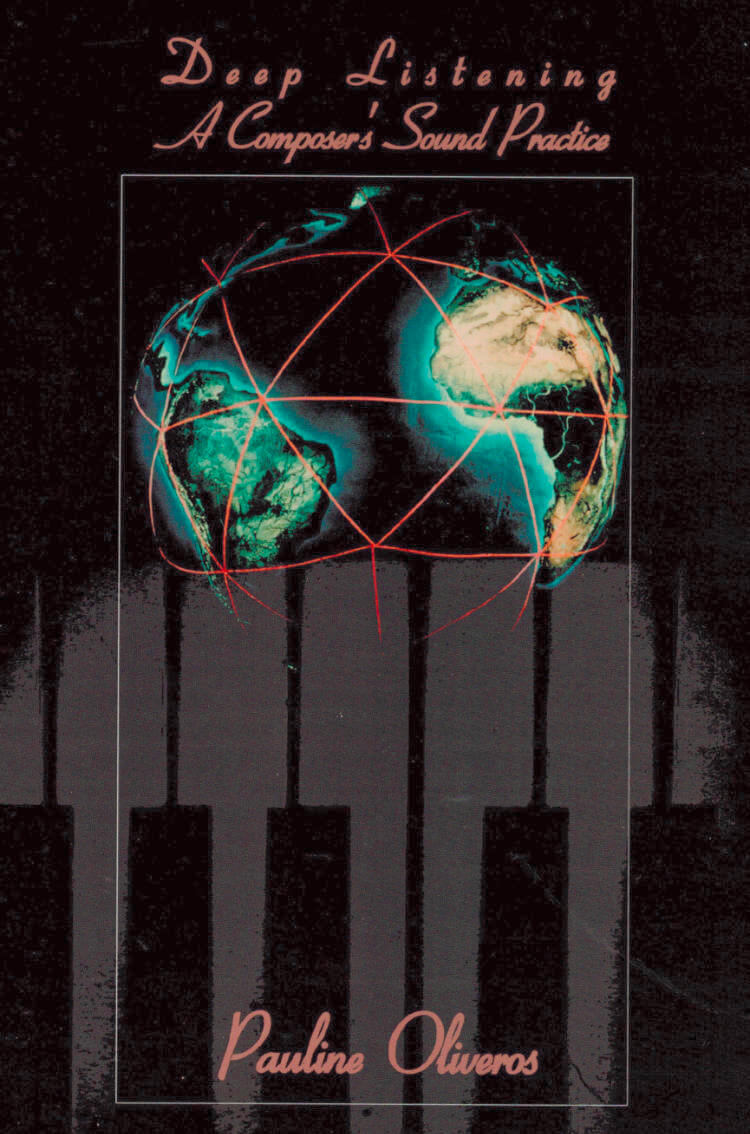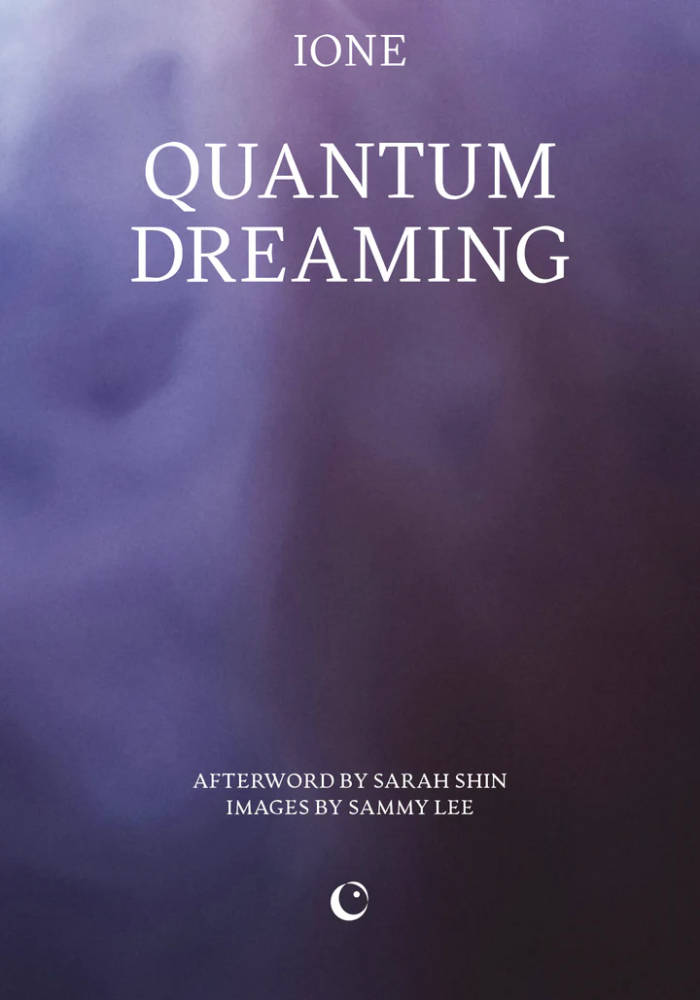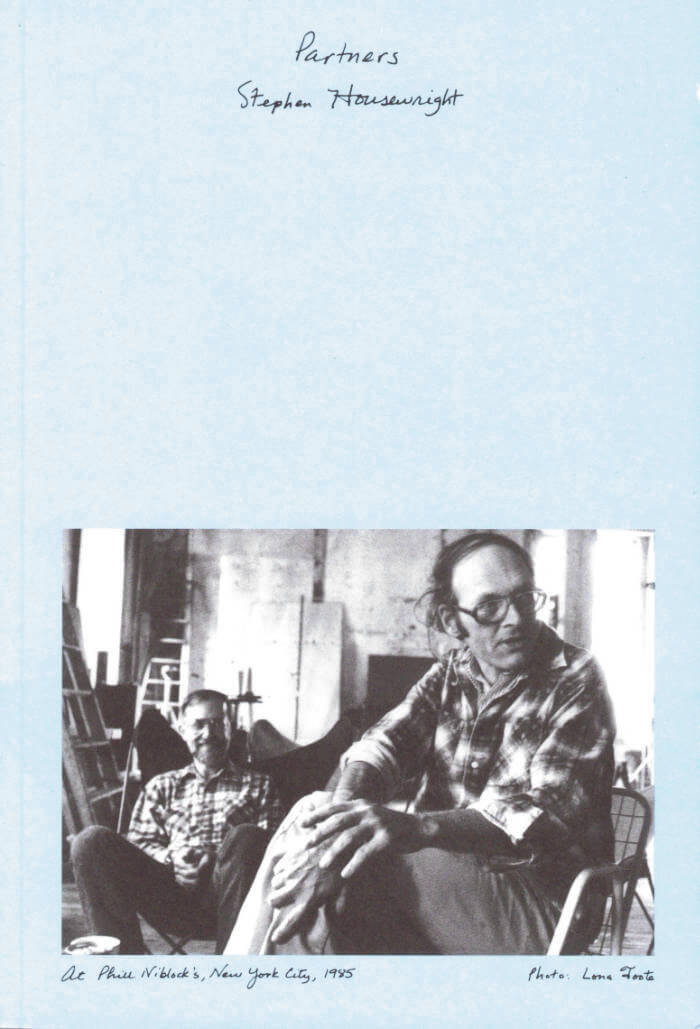
Partners – A Biography of Jerry Hunt
The life and work of Amercian experimental musician/composer/intermedia artist Jerry Hunt.
Jerry Hunt was among the most eccentric figures in the world of new music. A frenetic orator, occultist and engineering consultant, his works from the 1970s through the early '90s made use of readymade sculptures, medical technology, arcane talismans and all manner of homemade electronic implements to form confrontational recordings and enigmatic, powerful performances. Tracing Hunt's life across his home state's major cities to a self-built house in rural Van Zandt County, this memoir-cum-biography by Stephen Housewright, Hunt's partner of 35 years, offers illuminating depictions of Hunt's important installations and performances across North America and Europe.
Housewright narrates a lifetime spent together, beginning in high school as a closeted couple in an East Texas and ending with Hunt's battle with cancer and his eventual suicide, the subject of one of his most harrowing works of video art. This highly readable narrative contains many private correspondences with, and thrilling anecdotes about, Hunt's friends, family, and collaborators, including Joseph Celli, Arnold Dreyblatt, Michael Galbreth, Karen Finley, James and Mary Fulkerson, Guy Klucevsek, Pauline Oliveros, Paul Panhuysen, Annea Lockwood, and the S.E.M. Ensemble.
Jerry Hunt (1943–93) was a Texas-born artist and musician with an astonishing mind and a mystifying practice. Hunt was a singular figure and one of the most radically unorthodox artists of his generation. His remarkable yet underknown work incorporated motion- and sensor-activated technologies, readymade props, eccentric choreographies, and sixteenth-century astrology into performance and composition. While he orbited avant-garde worlds in the United States and Europe, his personal life, spent largely on a ranch in rural Texas, remained elusive.
Language: English



